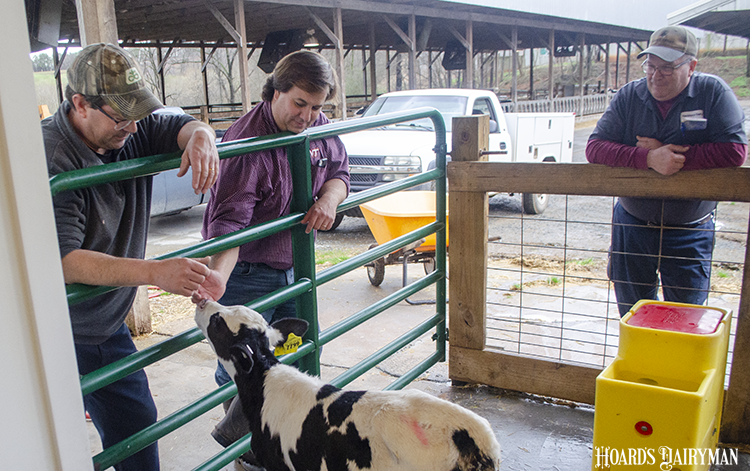
Nary a day goes by that the dairy farm manager is not reminded of the risks faced on the farm. Falling milk prices, rising feed costs, employee retention, employee mistakes, disability, death, disaster, rising interest rates, market access, biosecurity, computer security, and the list goes on.
In fact, it can be overwhelming.
However, many risks can be mitigated and the more an operation takes steps to reduce risk, the more resilient that operation becomes, and the better able it is to take on and absorb any future hits the world may deliver. How does one improve business resiliency?
Developing greater business resiliency is a management process that includes:
1. Identify and assess potential risks
2. Develop mitigation strategies
3. Choose and implement best mitigation strategies
4. Monitor and adjust
Developing and choosing the best mitigation strategies is a matter of asking the right questions. While explaining those questions, let’s consider the risk of disability of the primary decision-maker.
1. What can I do to reduce the likelihood that the risk will ever happen in the first place?
Answer: Safety training, safety protocols, annual health exams, healthy living, and appropriate job duties.
2. What can I do to minimize the impact (the hurt) if the risk does occur?
Answer: Written protocols and/or co-managers well versed in the decisions that have been made and how to carry forward in the absence of the primary decision-maker.
3. Can I transfer the cost of the risk to someone else (insurance)?
Answer: Yes, disability insurance.
4. Can I completely avoid the possibility that the risk could occur on my farm?
Answer: I can’t think of one that fits this question for disability of the primary decision-maker. Considering a different example, if the risk was employees making a mistake, then you could avoid the risk by sizing your operation such that you have no employees.
5. Know that the risk is there, but live with it?
Answer: Evaluate the potential impact, decide to live with it, but budget and prepare for the eventuality that it might occur.
Like taxes, risks are a fact of business life. However, through purposeful management, we can reduce the risks we face by asking the right questions and implementing the answers.








